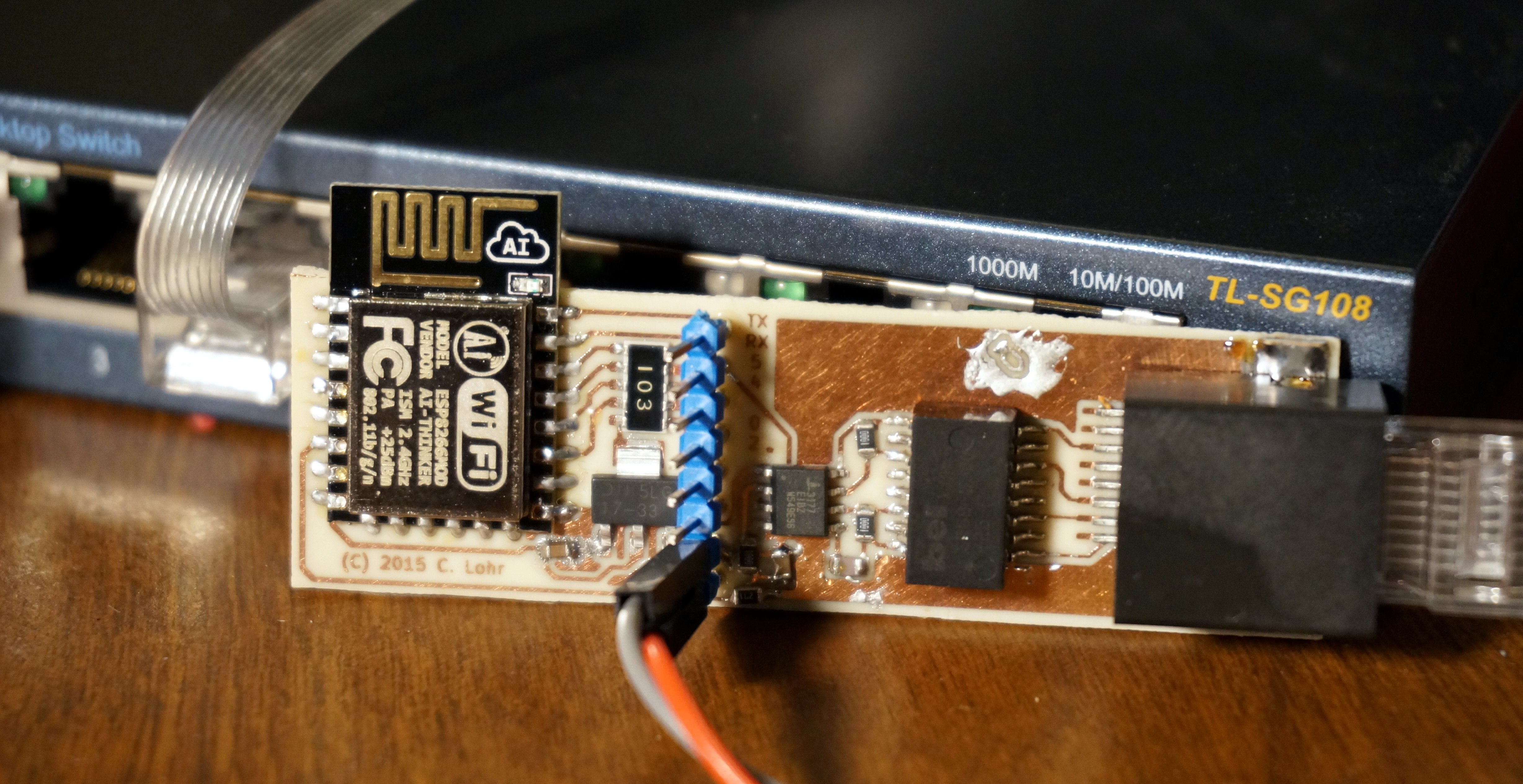A prerequisite to program ESP*-based modules usually is to establish a communications channel from your development platform (PC, Mac, Linux) to the device over USB. This in turn requires your system to detect the USB-to-Serial (aka USB-to-TTL, aka USB-to-UART) adapter on the ESP8266 or ESP32 module. There are two commonly used adapters in the wild these days:

Esp8266 Arduino Mac Driver

You can visit my blog for the complete Windows, Mac OS X and Linux instructions https://randomnerdtutorials.com/how-to-install-esp8266-board-arduino-ide/Op.
- Click on the entry and choose “Update Driver Software” and “Browse my computer for Driver Software.” Navigate to the folder containing the development environment and choose the Arduino Uno driver names Ardunio UNO.inf. Installing support for the ESP8266. Go to the Tools Boards menu and click on the Boards Manager item.
- If you notice in the ESP8266 Firmware Flash Tool, the moment you click on START, you will get two MAC Address as AP and STA and also information about the Module in the DETECTED INFO section. If everything goes well, the ESP8266 Module must be updated with new firmware.
- Silicon Labs CP210x
- Winchiphead CH340x / CH341x
Popular modules that use the CP210x are:
- NodeMCU v1.0 (i.e. V2) module
- WeMos D1 mini Pro (some revisions)
Examples of modules that use the CH340G chip are:

- WeMos D1 mini
- D1 mini Lite
Note that there is no harm done if you install both drivers even if you currently just use one! If you are not sure which adapter your ESP8266/ESP32 module uses then just install both.
Silicon Labs CP210x§
Silicon Labs maintains a page in English that lists downloadable driver binaries that also contains installation instructions.
Winchiphead CH340x / CH341x§
Esp8266 Mac Driver Download
Winchiphead (WCH) maintains its website only in Chinese. However, the download page for the drivers is so simple that even non-Chinese speakers will find the right download link.

Warning
Some systems require a reboot before the driver installation can be successfully completed. The installer may or may not tell you about this! If you later connect the ThingPulse device and the system does not recognize it try rebooting as a first measure..